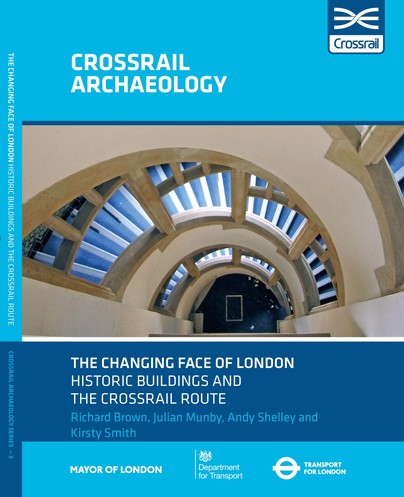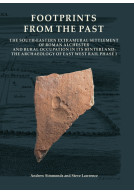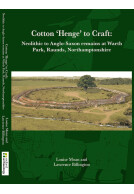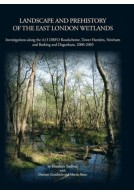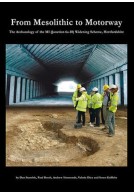The Changing Face of London Historic Buildings and the Crossrail Route (Paperback)
Imprint: Oxford Archaeology
Pages: 152
Illustrations: 109 illustrations
ISBN: 9780904220780
Published: 15th September 2016
Script Academic
Pages: 152
Illustrations: 109 illustrations
ISBN: 9780904220780
Published: 15th September 2016
Script Academic
You'll be £10.00 closer to your next £10.00 credit when you purchase The Changing Face of London Historic Buildings and the Crossrail Route. What's this?
+£4.99 UK Delivery or free UK delivery if order is over £40
(click here for international delivery rates)
Need a currency converter? Check XE.com for live rates
(click here for international delivery rates)
Need a currency converter? Check XE.com for live rates
Much of Crossrail, London’s latest railway, lies hidden beneath its streets. It is visible only where new stations have appeared and tunnel entrances formed. At many of these places existing buildings have had to be adapted or removed to accommodate the new railway. Buildings have much to tell us about the lives and livelihoods of others, and Crossrail ensured that any building affected by the works was surveyed by their team of archaeologists before any work began.
This book considers what the buildings and structures examined in this way have told us about the changing face of London. Each chapter takes as its theme buildings that shared common functions or characteristics, such as the offices that lay in the way of the capital’s new stations or the former industrial buildings that clustered around the railway’s new tunnel portals. The background to each theme is set out before specific buildings are described and interpreted. Details of the buildings and structures, from pubs to power stations, appear in the gazetteer at the rear of the book.
The results of the Crossrail project archaeology programme are published in this series of reports. Further information for each investigated site can be found in the project digital report archive. Please see www.crossrail.co.uk for further details.
Crossrail is building a new rail line for London and the South East. The project is constructing 42km of tunnels under London, building ten new stations and upgrading 30 more.
The railway will add 10% to central London’s rail capacity, reduce journey times and improve accessibility. The route will run over 100km through 40 stations from Reading and Heathrow in the west, through central London and to Shenfield and Abbey Wood in the east.
Other titles in Oxford Archaeology...







